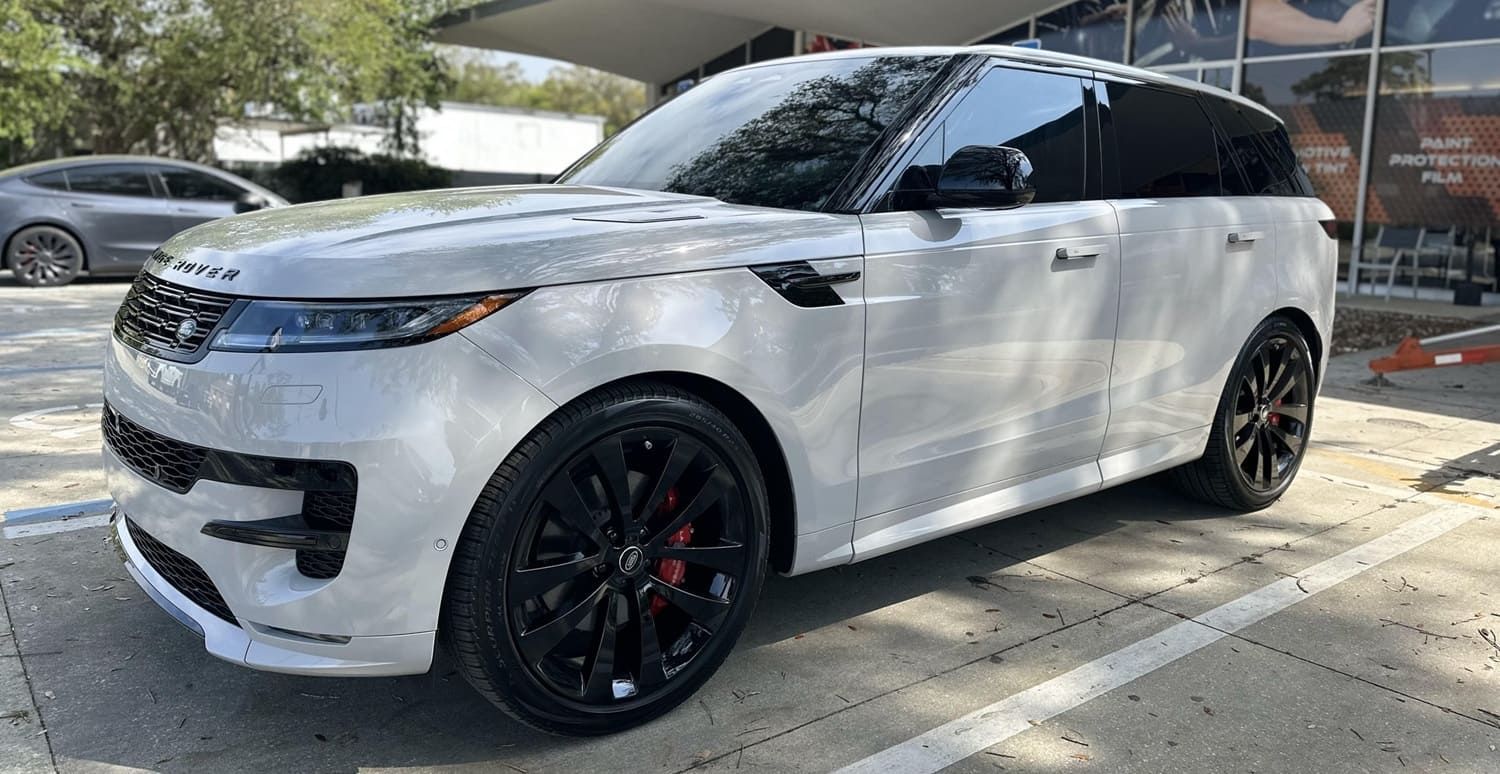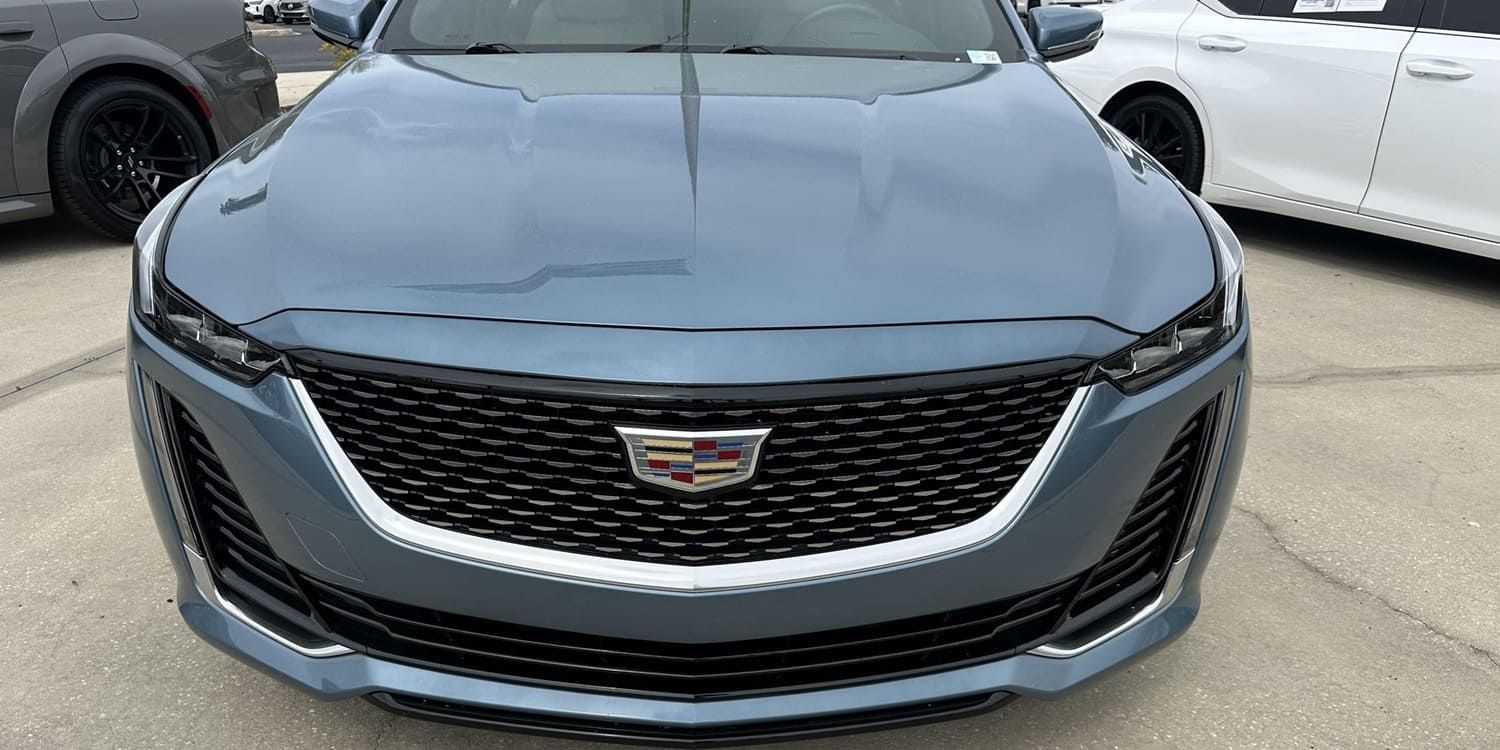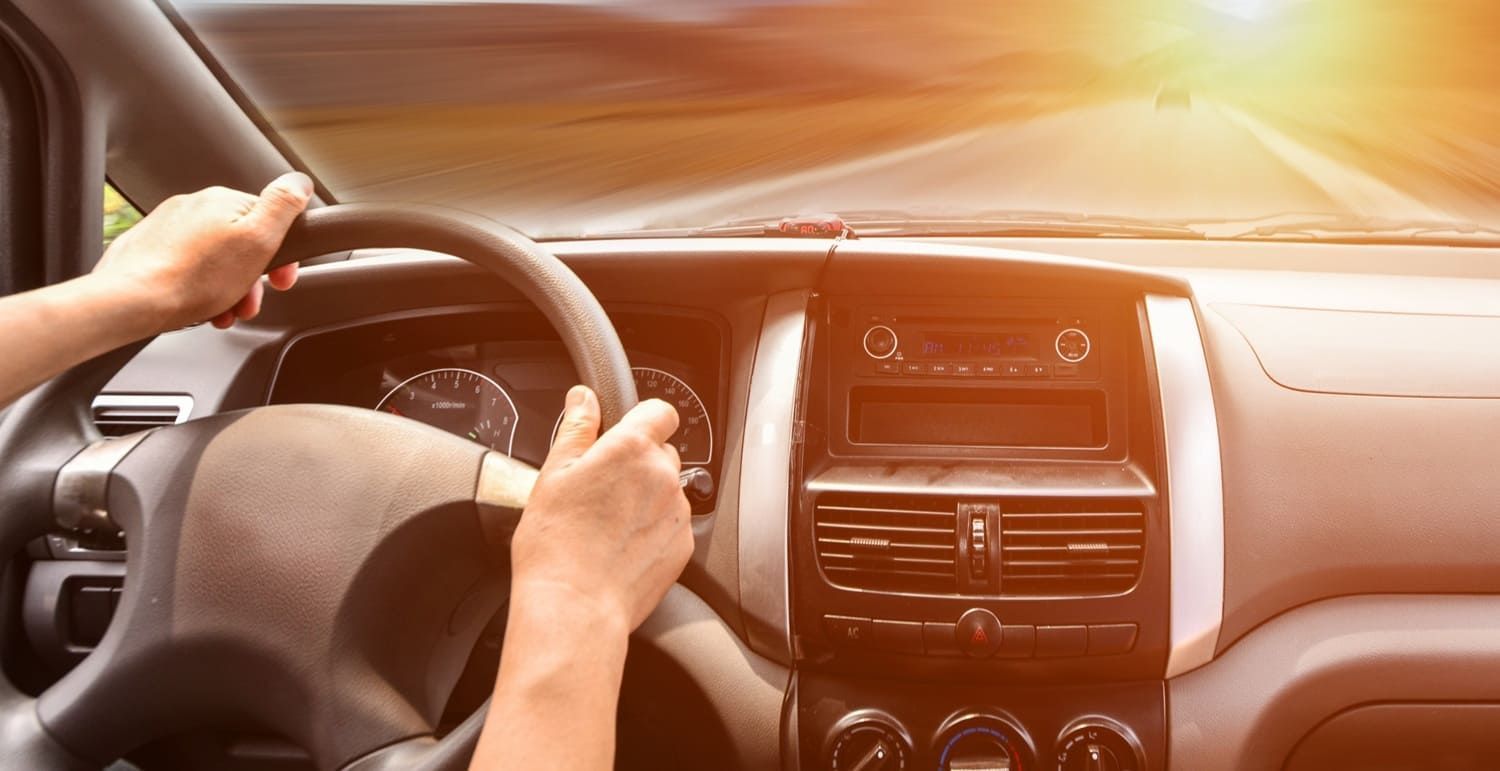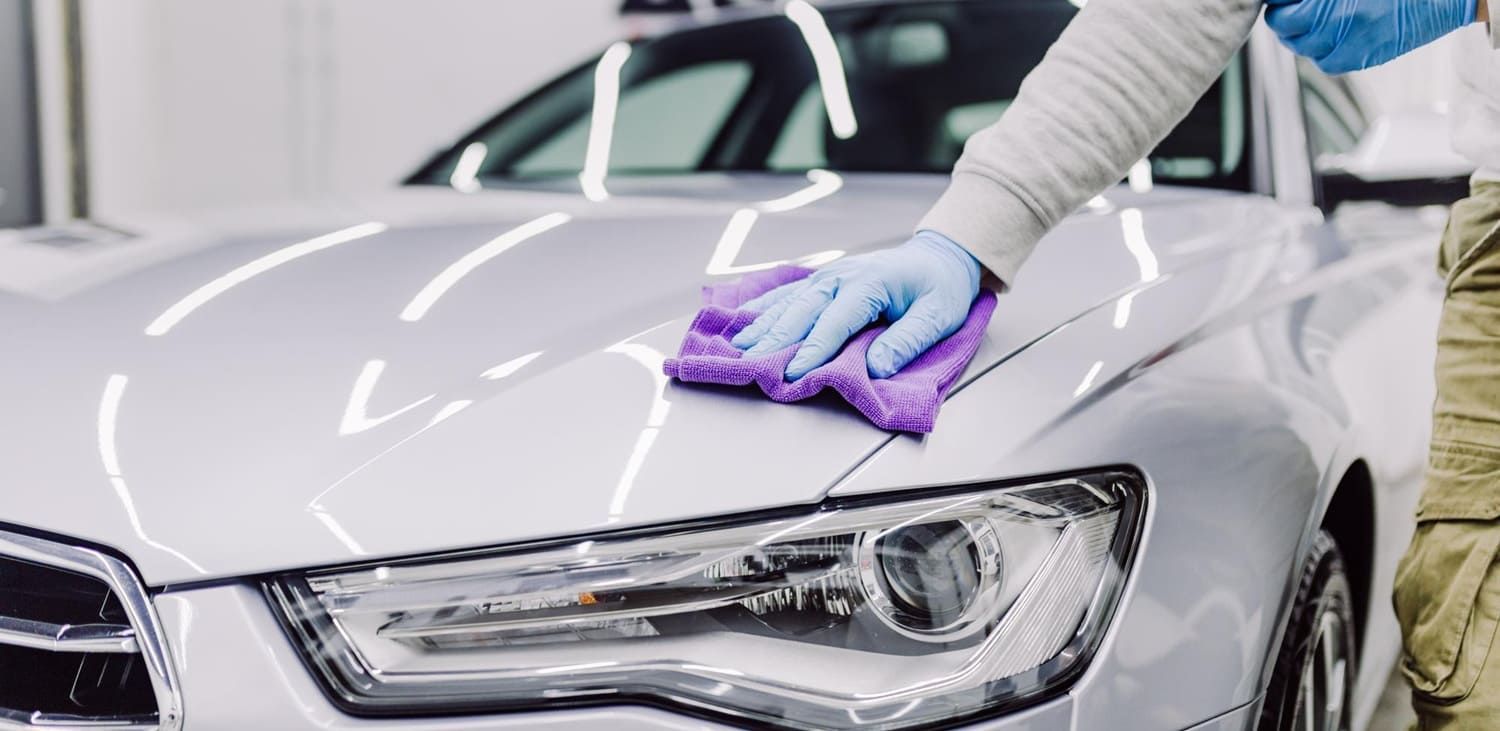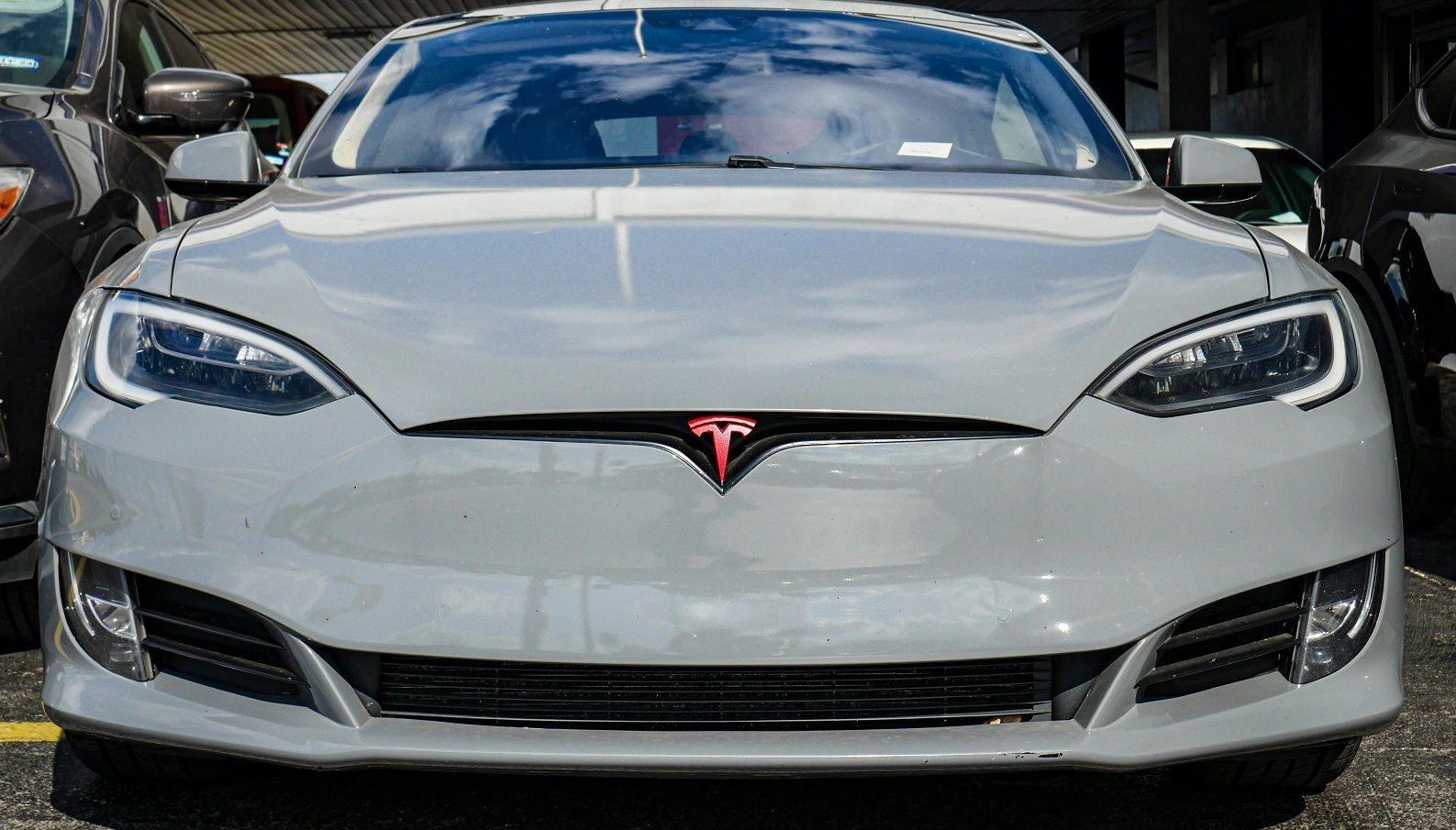Jacksonville Location
Solar Shade Window Tint
6410 Beach Blvd
Jacksonville, FL 32216
(904) 654-2173
Business Hours:
Monday - Friday: 9am to 5pm
Saturday: 9am to 5pm
Sunday: Closed
Lake City Location
Solar Shade Window Tint
144 SW Waterford Ct Suite 101
Lake City, FL 32025
(386) 628-2658
Business Hours:
Monday - Friday: 9am to 5pm
Saturday: Closed
Sunday: Closed
How to Choose the Right Ceramic Coating Product for Your Vehicle
Ceramic coating for vehicles is a game-changer in auto care. It offers a level of protection that traditional waxes and sealants can't match.
But with so many products on the market, how do you choose the right one?
This guide will help you navigate the world of automotive ceramic coatings. We'll explore what they are, their benefits, and how to apply them.
We'll also delve into the factors you should consider when choosing a product. From durability and price to application method and vehicle paint condition, we've got you covered.
Whether you're a car enthusiast or just want to maintain your vehicle's appearance, this guide is for you. Let's dive in and find the best ceramic coating for your vehicle.
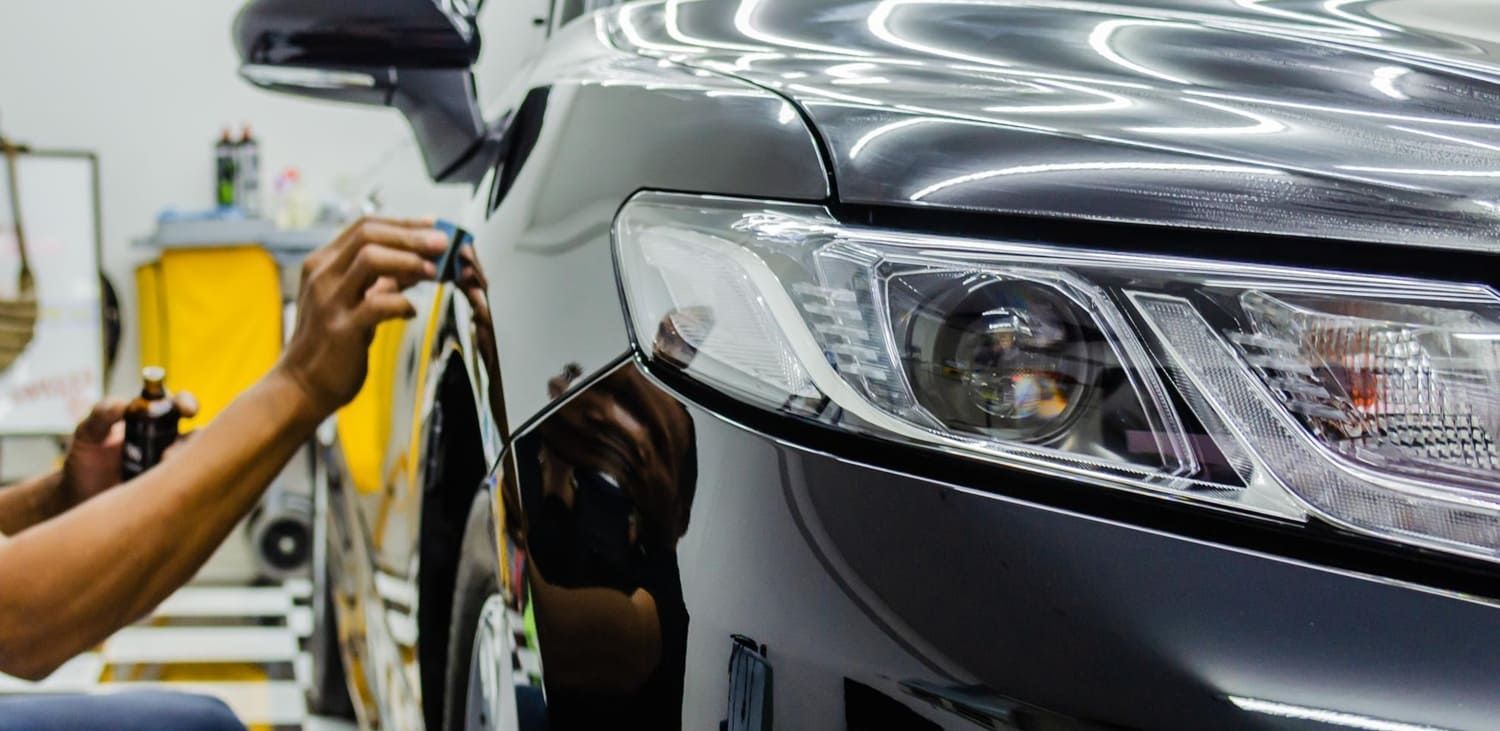
Understanding Ceramic Coatings
Ceramic coatings are a liquid polymer applied to a vehicle's exterior. They chemically bond with the factory paint to create a protective layer. This layer guards against various environmental hazards.
Unlike wax or sealants, ceramic coatings offer a semi-permanent solution. Once applied, they form a strong barrier, often lasting several years.
One of the crucial components of ceramic coatings is Silicon Dioxide (SiO2). This compound contributes to the coating's durability and effectiveness in protecting paint.
The benefits of ceramic coatings go beyond just protection. They provide a glossy finish that enhances the visual appeal of your vehicle.
Here's what ceramic coatings can do:
- Offer UV protection
- Resist chemical staining
- Enhance paint gloss
- Provide ease of cleaning
Understanding these aspects will help in making an informed decision. Choosing the right product means better protection and maintaining your vehicle's beauty over time.
The Benefits of Ceramic Coating for Your Vehicle
Ceramic coatings provide significant advantages to vehicle owners. One major benefit is their exceptional ability to protect your car's paint. They form a hard shell that defends against scratches and minor damage.
Another benefit is the coating's hydrophobic property. This feature repels water, causing it to bead and roll off the surface.
Consequently, your vehicle remains cleaner for longer periods, minimizing washing frequency.
Ceramic coatings also offer excellent UV protection. This helps in preventing paint oxidation, which often results in dullness and faded colors. By applying a ceramic coating, your vehicle maintains its vibrant appearance.
Additionally, ceramic coatings resist environmental contaminants. They protect against bird droppings, tree sap, and harsh chemicals, which can damage a vehicle's paint over time. This added protection keeps your car looking its best.
Here are some key benefits:
- Enhanced scratch and chip resistance
- Reduced frequency of washes
- Long-lasting shine and gloss
- Protection from harmful UV rays
These factors make ceramic coating a wise investment. It ensures long-term paint protection while enhancing your vehicle's curb appeal. A well-maintained coating provides peace of mind and contributes to lasting vehicle value.
Ceramic Coating: Professional Application vs. DIY Kits
When considering ceramic coatings, you face a key decision: professional application or a DIY kit. Each option has its own benefits and drawbacks that can influence your choice.
Professional-grade ceramic coatings are typically applied by experienced detailers. These products often provide superior protection due to their advanced formulas. Skilled professionals ensure even application, reducing the risk of high spots or streaks.
On the other hand, DIY kits offer a cost-effective alternative. Many vehicle owners appreciate the opportunity to protect their vehicles without a hefty price tag. With detailed instructions, these kits make it possible to achieve satisfactory results at home.
However, DIY application requires patience and attention to detail. Proper surface preparation is critical for success. Inadequate prep work can lead to poor adhesion, compromising the coating’s effectiveness.
A professional application may come with a warranty. This provides peace of mind and can save you from future costs. In contrast, DIY kits rarely offer this level of assurance.
Ultimately, your choice depends on your budget and confidence in handling car maintenance tasks. Whether opting for a professional service or a DIY approach, both methods can enhance your vehicle’s protection and visual appeal.
Factors to Consider When Choosing a Ceramic Coating
Selecting the right ceramic coating involves considering several important factors. These factors can influence the effectiveness and suitability of the product for your vehicle.
First, think about the type of protection you need. Ceramic coatings vary in their resistance to UV rays, chemicals, and contaminants. Ensure the product you choose offers protection specific to your environment.
Next, evaluate the coating's hardness. This affects its ability to resist scratches and marring. A higher hardness rating can provide better protection but might also be more challenging to apply.
Consider the hydrophobic properties of the coating. A good ceramic coating will repel water and dirt, making cleaning easier and less frequent. Check product descriptions for water-beading capabilities.
Look into the environmental impact and compliance. Some products may have VOC content that varies according to local regulations. Ensure that your chosen coating adheres to these guidelines.
Also, consider the reputation of the brand. Trusted brands often provide better quality and customer service. Online reviews and testimonials can offer insights into other users' experiences.
Warranties and guarantees are also key. They demonstrate the manufacturer's confidence in their product and can protect you from defects or poor performance.
Lastly, take into account the potential need for additional maintenance products. Some ceramic coatings require periodic touch-ups or special aftercare products to maintain their effectiveness.
Durability and Longevity
Durability is a crucial factor for ceramic coatings. Unlike wax, which may last a few weeks, ceramic coatings can last years. This long-lasting protection makes them an appealing choice for many car owners.
Longevity depends on several factors, including the quality of the coating and how well it's applied. Professional-grade coatings typically offer the longest-lasting protection. However, DIY kits can still provide decent durability if applied correctly.
Consider how often you're willing to reapply the coating. Longer-lasting products often justify a higher initial cost. Evaluate the longevity claims of different products to ensure they meet your expectations.
Price and Value for Money
Price is always an essential consideration. Ceramic coatings range from affordable to premium options. It’s important to determine what you’re willing to spend and what you'll get in return.
Assess the cost versus the protection offered. Sometimes, a higher-priced product may offer better value if it lasts longer or provides superior protection.
Also, calculate the cost over time. Consider whether a cheaper product needs more frequent applications, which could end up costing more in the long run.
Application Method and Ease of Use
Application methods vary, influencing how user-friendly the product is. Some coatings require specific tools or expert skills. Others are designed for straightforward application by amateurs.
Consider your comfort level with vehicle maintenance. Products that are easier to apply might be preferable if you're not experienced with DIY car care.
Ease of application can save time and reduce the chance of errors. Opt for a method that fits your skill level and available resources.
Vehicle Paint Condition and Preparation
The condition of your vehicle's paint plays a pivotal role in ceramic coating success. Older or damaged paint may require additional preparation.
Before applying a ceramic coating, ensure the surface is clean and free from imperfections. This might involve polishing to remove scratches and swirl marks. Proper preparation can affect adhesion and final results.
Consider whether a pre-existing issue, like oxidation or chips, might affect the coating's performance. Addressing paint conditions beforehand can enhance both protection and appearance.
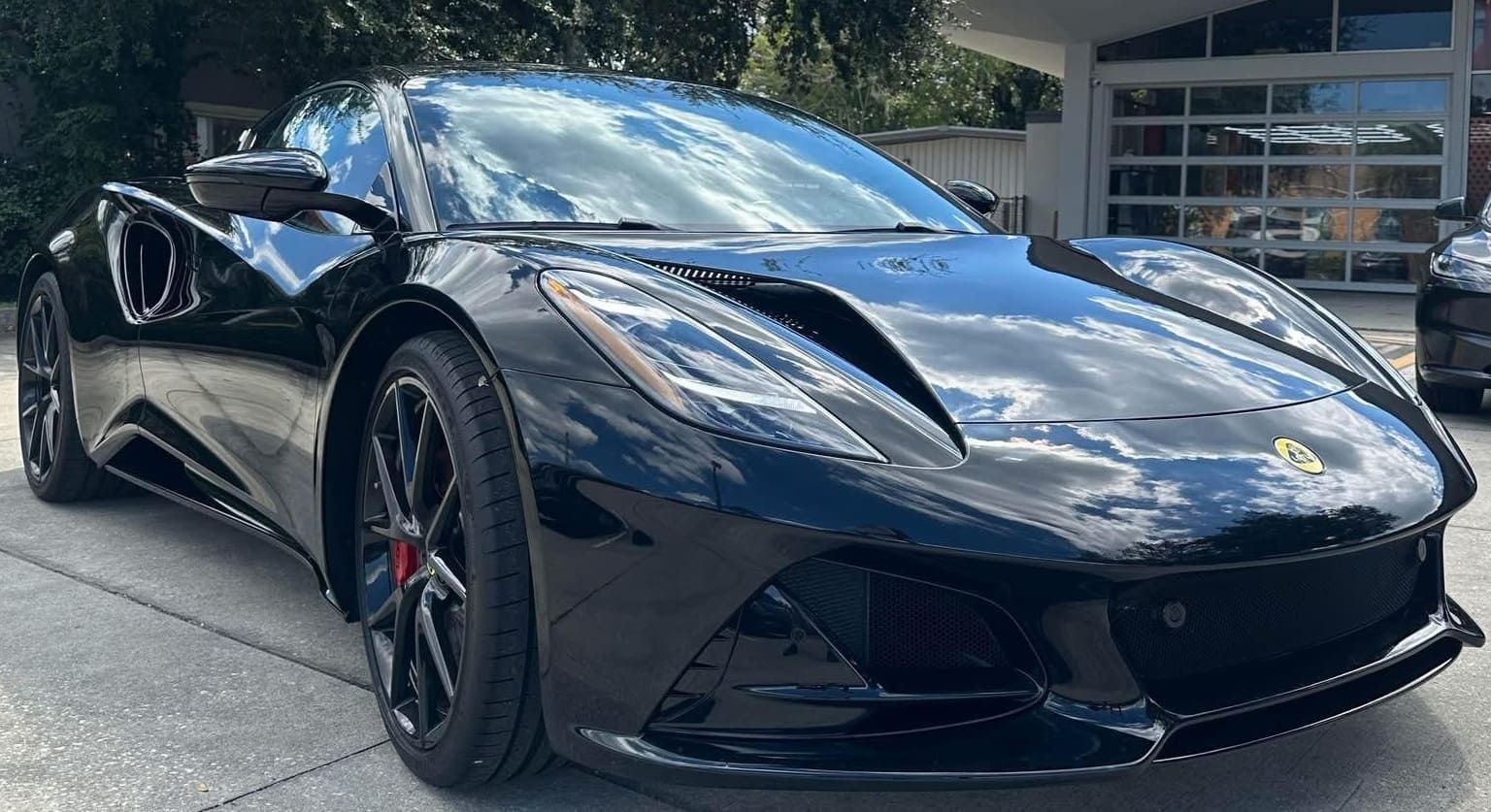
How to Apply Ceramic Coating: A Step-by-Step Guide
Applying a ceramic coating to your vehicle might seem daunting, but with the right steps, it becomes manageable. Carefully following instructions can lead to a successful coating process and enhance your vehicle's appearance.
Firstly, preparation is key to any successful coating. Proper prep ensures maximum adhesion and long-lasting results. Without it, the coating may fail to bond properly with the vehicle's surface.
Gather all necessary materials before starting. This includes the ceramic coating product, applicator pads, microfiber cloths, and any prep solutions required. Having everything ready can streamline the application process.
The application itself requires patience and precision. It’s crucial to follow manufacturer instructions precisely. Missing a step can lead to unsatisfactory results or even damage.
Finally, curing is a vital phase. Proper curing ensures the coating bonds effectively, providing the desired protection. Allow adequate time and follow guidelines to complete the process successfully.
Preparing Your Vehicle for Ceramic Coating
Before beginning, wash your vehicle thoroughly. This removes dirt and contaminants from the surface. Use a high-quality car shampoo for the best results.
Next, decontaminate the paint. This might involve using a clay bar to remove embedded particles. It’s essential for achieving a smooth, clean surface.
Polish the paint to eliminate scratches and imperfections. This helps the coating adhere better and improves the final look. Ensure the surface is completely dry before applying the coating.
Applying the Ceramic Coating
When applying the ceramic coating, work in small sections. This ensures even coverage and prevents the coating from drying too quickly.
Use an applicator pad, applying the coating in a crosshatch pattern. This method provides uniform coverage and minimizes streaks.
Once applied, carefully wipe away any excess using a clean microfiber cloth. This helps avoid high spots and ensures a smooth finish. Follow any specific drying times recommended by the manufacturer.
Curing the Ceramic Coating
Allow the coating to cure as per the product's instructions. Curing times can vary significantly depending on the product. It’s crucial to adhere to these timelines for optimal results.
Keep the vehicle sheltered during the curing process. Avoid exposing it to moisture, dust, or extreme temperatures. These elements can interfere with the coating's effectiveness.
Once cured, avoid washing the vehicle for at least a week. This gives the coating additional time to harden fully and enhance its protective qualities. Patience during this step ensures long-lasting benefits.
Maintaining Your Ceramic Coating for Maximum Longevity
Maintaining a ceramic-coated vehicle requires regular care to preserve its benefits. While ceramic coatings offer robust protection, they are not entirely maintenance-free. Neglect can diminish their effectiveness over time.
Regular washing is key to maintaining the coating. Use a pH-neutral car shampoo for best results. This minimizes harm to the coating layer. Avoid harsh chemicals and abrasive tools.
Consider a maintenance wash schedule. Cleaning your car every two weeks is a good practice. This helps remove contaminants before they adhere to the surface.
A maintenance routine should include periodic inspections. Assess the coating for signs of wear or damage. Identifying issues early allows for timely touch-ups.
To maximize the life of your ceramic coating, follow these tips:
- Use microfiber cloths to prevent scratches.
- Avoid using high-pressure washers.
- Apply top-up products as needed.
- Protect the vehicle from harsh weather.
- Schedule professional check-ups annually.
By following these steps, you ensure your vehicle's coating remains in top condition, providing lasting protection and shine. Regular care keeps your car looking its best, extending the benefits of your investment in ceramic coating.
Common Myths and Misconceptions About Ceramic Coatings
Ceramic coatings are often surrounded by myths. One common misconception is that ceramic coatings make your car scratch-proof. While they do add a layer of protection, they aren't invincible. They can resist minor scratches but not major impacts.
Another myth suggests ceramic coatings do not need maintenance. This is false. Regular care is necessary to maintain their effectiveness. They require occasional washing and touch-ups to sustain their protective qualities.
Some believe ceramic coatings can fix existing paint damage. In reality, they cannot heal or fill deep scratches. Proper surface preparation is crucial before application to achieve a flawless finish.
There's also a belief that ceramic coatings are too complex for DIY application. While professional application offers benefits, many DIY kits are designed for ease of use. With the right preparation and guidance, DIY can be successful.
Understanding the limitations and truths of ceramic coatings helps in making informed decisions. Recognizing myths ensures realistic expectations about what these products can deliver.
Conclusion: Making an Informed Decision
Choosing the right ceramic coating involves several considerations. At Solar Shade Window Tint in Jacksonville, FL; Lake City, FL; & Savannah, GA, we help you understand its benefits and the application process to ensure each step is vital for the best results. By carefully evaluating your needs and the options available with our expert guidance, you can achieve optimal protection and enhancement for your vehicle.
Think about the durability, price, and application method when selecting a ceramic coating product. Whether you’re confident in using DIY kits or prefer the precision of professional application, Solar Shade Window Tint offers solutions tailored to your skills and requirements. Our knowledgeable team provides comprehensive research and information to assist you in making an informed choice.
By assessing all factors and addressing common myths, Solar Shade Window Tint ensures you make a well-informed decision. A suitable ceramic coating from us will enhance and protect your vehicle, adding value and longevity. Contact us today for a free estimate and let our experts help you select the perfect ceramic coating to maintain your vehicle's pristine condition.
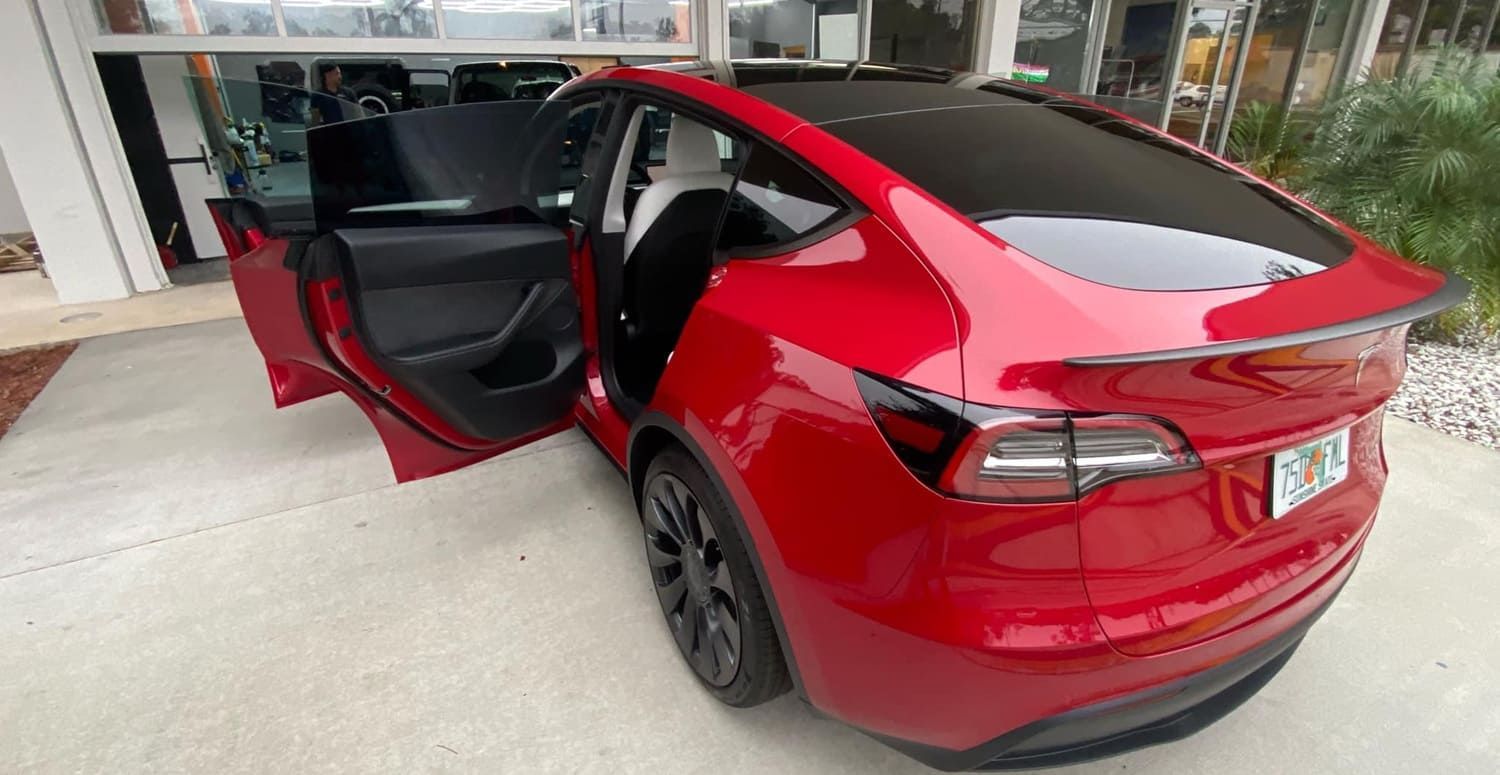
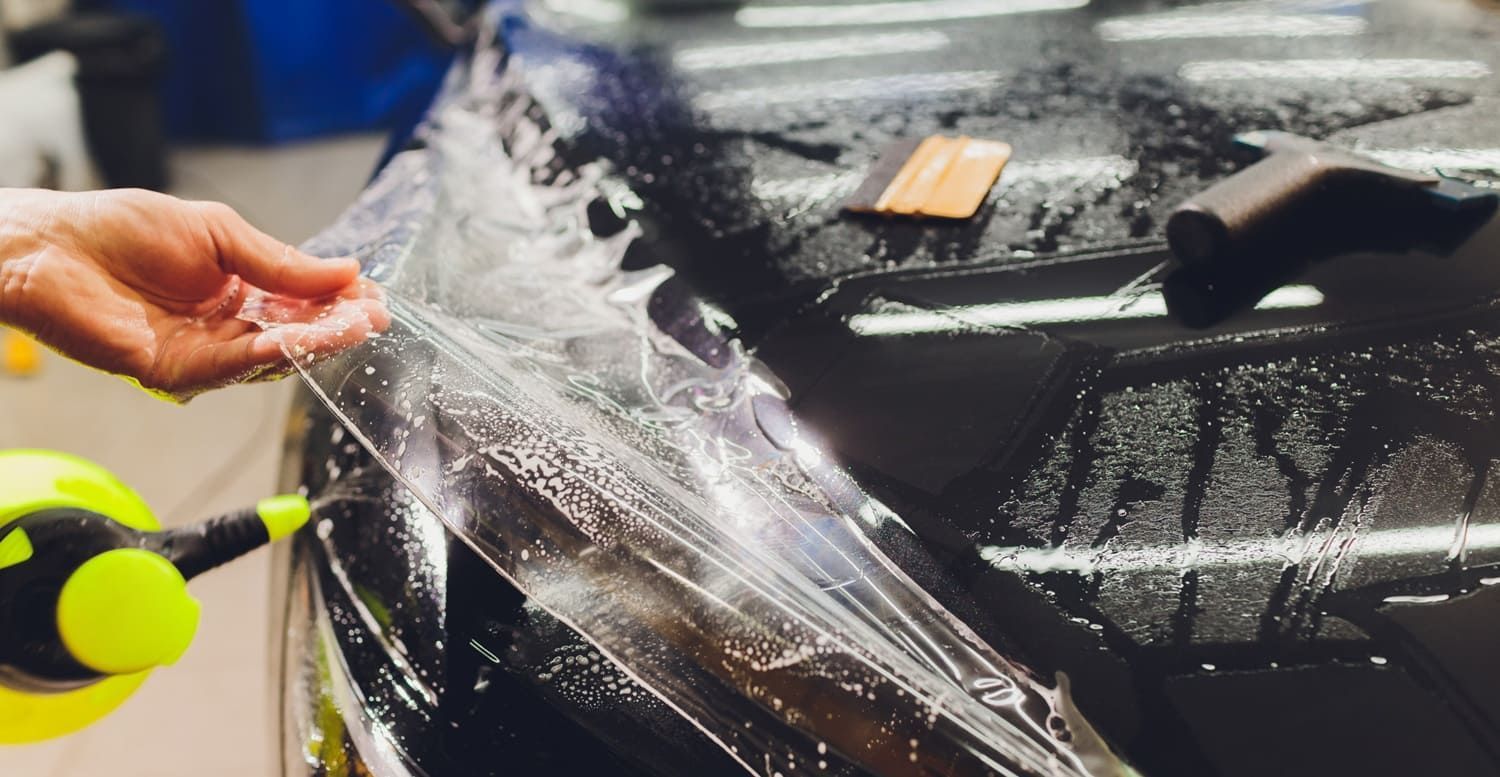
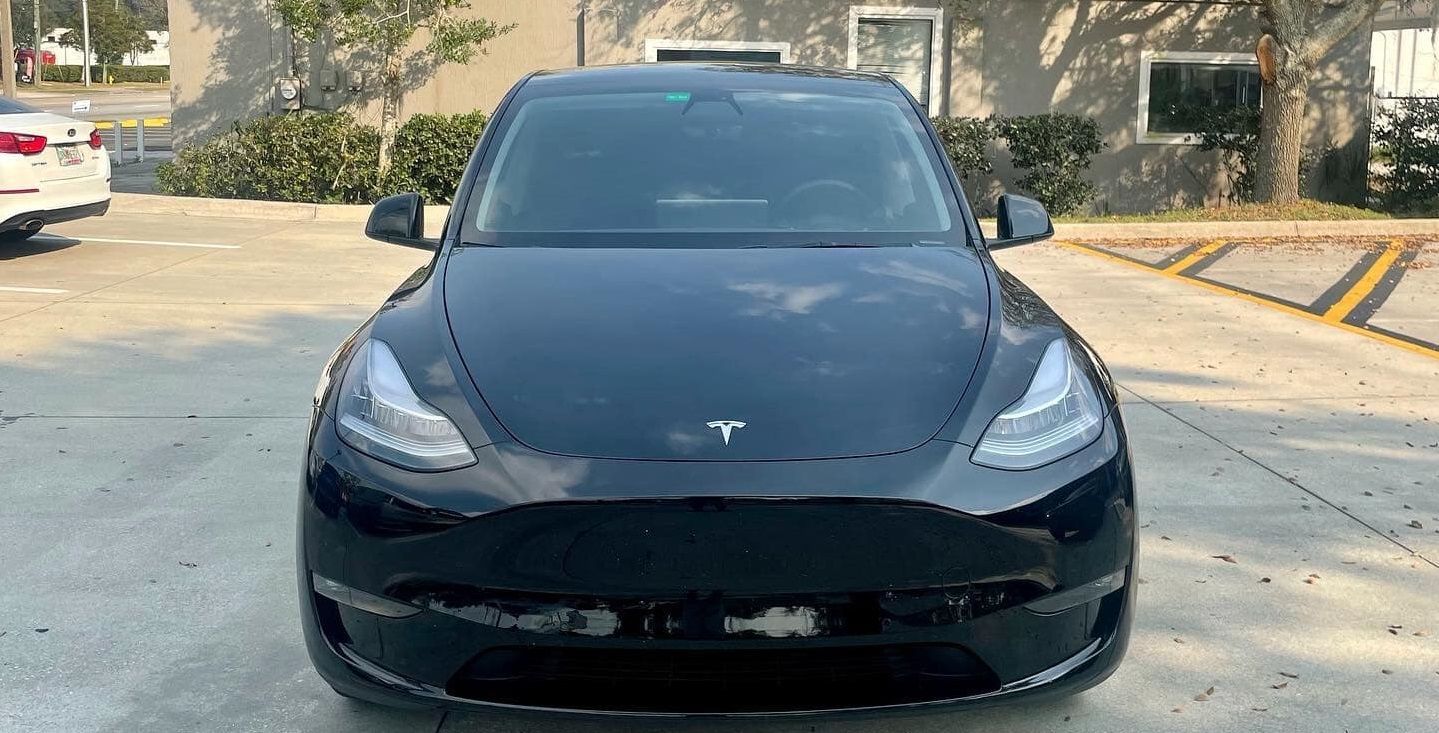
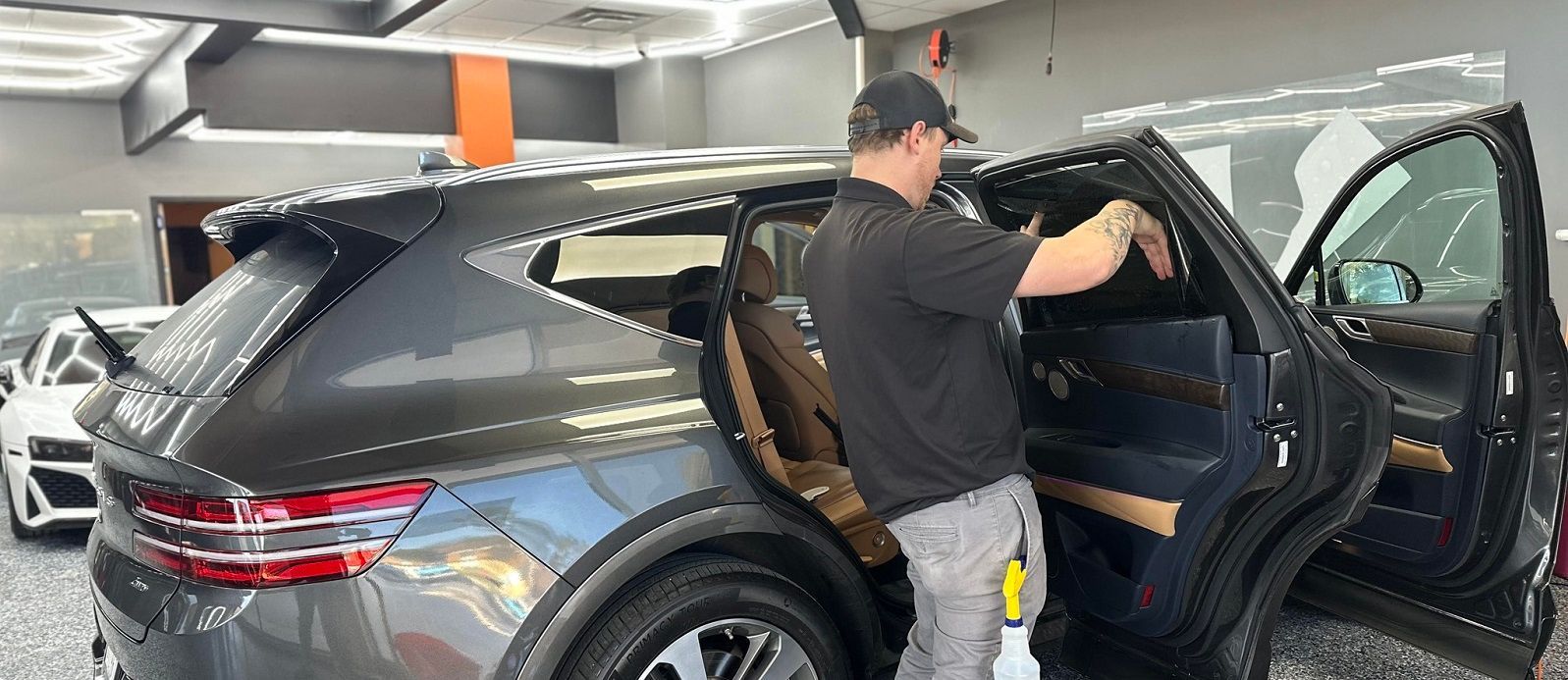

Jacksonville, FL
Jacksonville, FL 32216
(904) 654-2173
Business Hours:
Monday - Friday: 9am to 5pm
Saturday: 9am to 5pm
Sunday: Closed
Lake City, FL
144 SW Waterford Ct Suite 101
Lake City, FL 32025
(386) 628-2658
Business Hours:
Monday - Friday: 9am to 5pm
Saturday: Closed
Sunday: Closed
Savannah, GA
Savannah, GA 31408
(912) 724-9736
Business Hours:
Monday - Friday: 9am to 5pm
Saturday: Closed
Sunday: Closed
All Rights Reserved | Solar Shade Window Tint


